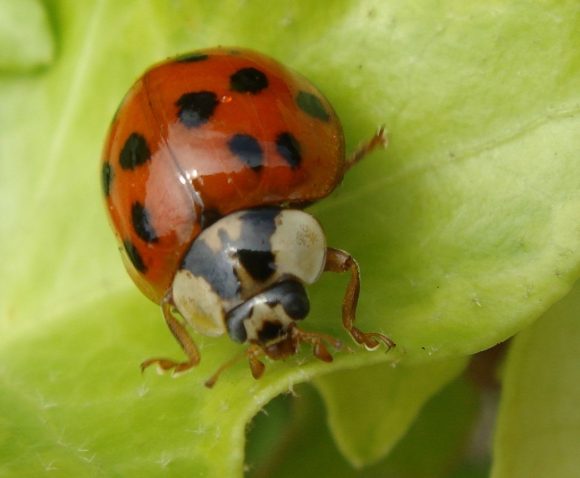When there is an abundance of food options at a buffet, how do you pick what to eat? Invasive lionfish (Pterois volitans) disproportionately eat whatever food is most abundant. This was the finding of a recent study by C·I·B post-doctoral researcher, Josie South, in collaboration with a team from the Queen’s University Belfast (Ireland) in which they determined the prey switching capacity in juvenile lionfish.
Lionfish are invasive in the western Atlantic and Caribbean, with a more recent invasion in the Mediterranean. They are known for being voracious predators with a huge gape. Understanding what invasive species are eating, and what quantity, is essential if we are to predict what they may do to the native species community. In diverse habitats, like coral reef systems, there are many different species of varying shapes and sizes. Some of these species are very common but some are rarer, which makes them more at risk of a population crash as a result of hungry invasive fish. What we don’t know is how species pick between one food source and another when there are multiple options?
The team found that when lionfish were offered two prey types at once, across different ratios, the lionfish consistently consumed whichever prey species was more abundant. This demonstrates what is known as prey switching behaviour. This suggests that in environments where there are many possible prey species, there might be a lower predatory impact on the more rare and threatened species. In contrast, in habitats with simple and degraded communities the effects of the lionfish invasion will be increased.
Effective fisheries management which promotes high abundance of many species may release the pressure and risk of biodiversity loss. Further work should address whether switching propensity and selectivity stays the same across a wider range of prey types.
“Building complexity into lab experiments is often problematic but this work provides a mechanistic explanation for the variable impact of lionfish invasions in different field locations,” says Josie South.
Read the paper:
McCard, M., South, J., Cuthbert, R.N. et al. Pushing the switch: functional responses and prey switching by invasive lionfish may mediate their ecological impact. Biological Invasions (2021). https://doi.org/10.1007/s10530-021-02487-7
For more information, contact Josie South at J.South@saiab.ac.za


